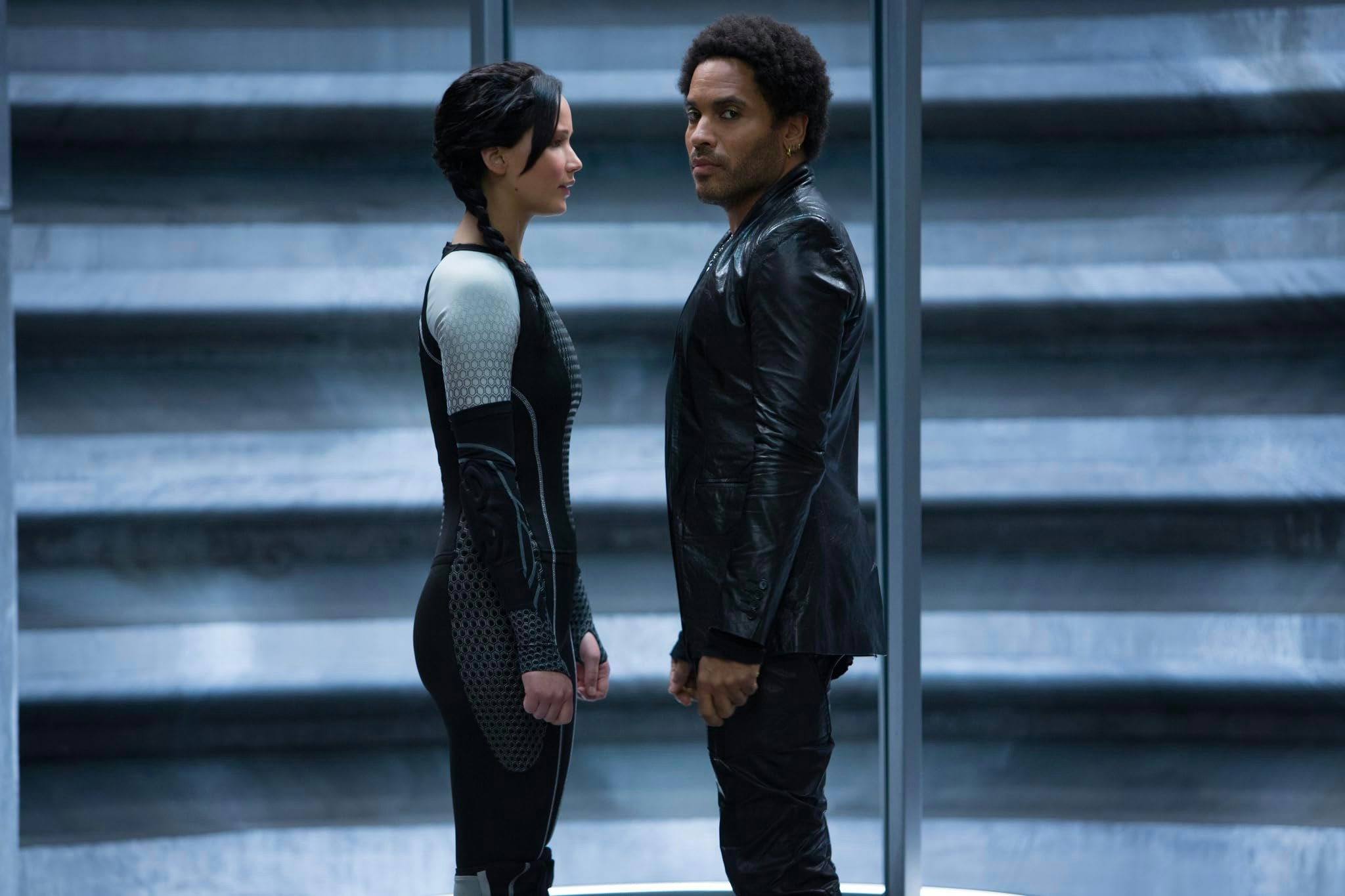
In 2012, the young-adult renaissance that’d kicked off with the Twilight saga seemed to be on its last legs. Countless imitators had risen to try and replicate Lionsgate’s success, a handful coming from the studio itself — and just as their first golden goose laid its last egg with Breaking Dawn — Part 2, Lionsgate found yet another winner.
The Hunger Games was just the shot in the arm that the stumbling YA subgenre needed. Sure, the series of novels by Suzanne Collins were written for a younger audience, but the essence of its subject matter — ranging from dystopian class warfare to a war game reminiscent of Battle Royale — was just mature enough to capture the attention of a disinterested generation. Despite her controversial casting, Jennifer Lawrence was a force of nature as Katniss Everdeen, a reluctant revolutionary who finds herself volunteering for the eponymous death match ... and, against all odds, winning. The Hunger Games rightly became a phenomenon in its own right — and with two more books ripe for adaptation, Lionsgate didn’t waste an ounce of its momentum. Catching Fire bowed just a year later in 2013, cementing the Hunger Games franchise as a true power player.
Lawrence, newly an Oscar-winner, wasn’t the only one bringing a sense of prestige to the sequel: the addition of some of the industry’s most reliable character actors like Philip Seymour Hoffman, Jeffrey Wright, and more, made Catching Fire feel like a Truly Serious Movie. Of course, there was plenty of that in the first Hunger Games flick. But like any good sequel, Catching Fire gave us more of everything. Its stakes are higher, its tone that much darker, and its central romance even more complicated (not always in a good way). Unlike its contemporaries, though, Catching Fire might have the most to say about the systems governing our world, and that’s probably why it’s been able to stand the test of time.
After the events of the first film, where Katniss and fellow tribute Peeta Mellark (Josh Hutcherson) defied the rules of the games, the downtrodden of Panem have embraced Katniss as the leader of their uprising, making her an immediate threat to the menacing President Snow (Donald Sutherland). Conveniently, though, the 75th Hunger Games is fast approaching, and with it comes the chance for Snow to kill this revolution in its cradle. The 75th Games, named the Quarter Quell, are essentially a very dark iteration of an All-Star Survivor match. This time, the tributes are not a group of kids aged 12 to 18, but fully-grown victors that have already fought and won years ago. Forced back into the Hunger Games, Katniss once again teams up with Peeta and a host of new allies to face the sophisticated bear trap of an arena.
It takes a while for Catching Fire to get to the actual action. Lawrence & Co. do want to give audiences what they want to see, eventually. But first, they want to make us think. They want to adapt as much of Collins’ incendiary source material as they can, depicting the oppression that inspires an uprising with an overwhelming specificity. And in a way, that’s what makes this middle installment the most interesting of the Hunger Games saga.

The games are never portrayed with any gloss or glamour, but here they might be at their most gruesome. Watching children slaughter each other for entertainment is objectively horrible, but there’s something about the 75th Games that turns the stomach even more. Abject cruelty is a defining trait of Catching Fire — and this time, no one is safe. It’s tough to watch those who’ve already served the Capitol, who assume they’ve earned immunity, subjected to torture all over again. It’s arguably tougher now than it was 10 years ago, before many general audiences grew disillusioned with the oppressive systems that run our daily lives. It’s interesting to look back on the franchise now and see how that unrest mirrors our own, but real life catches up with art more often than we’d expect.
For all its efforts to continue the trend of adapting YA novels, Catching Fire is so much more than an angsty teen romance. Even 10 years later, it still has something new to teach us — especially now that our own world tips ever closer to the controlled chaos of Panem.







